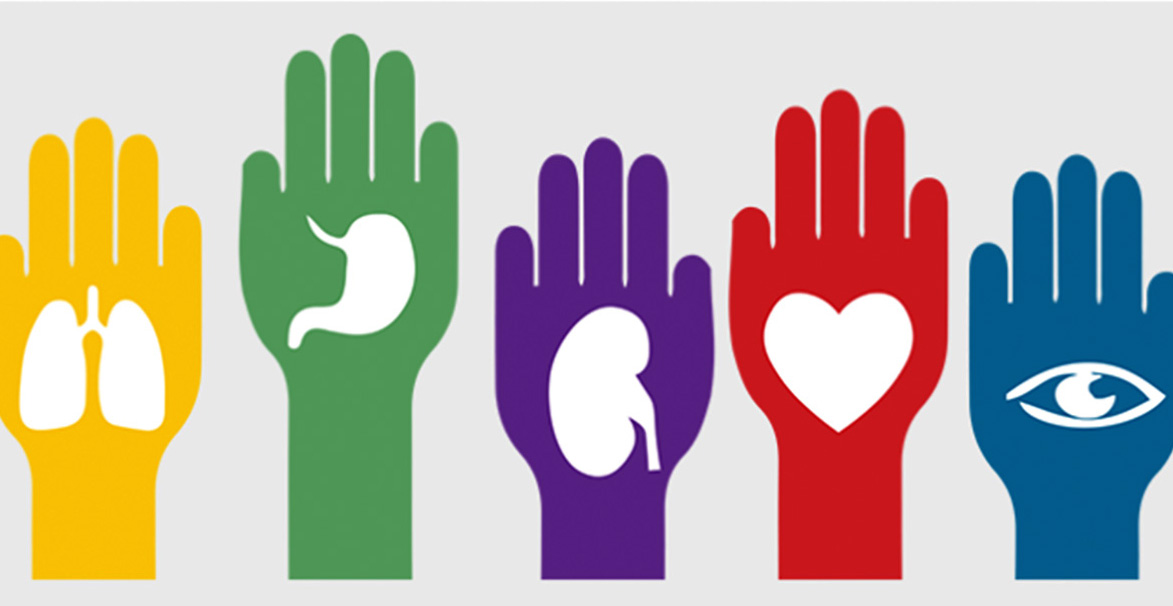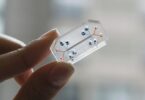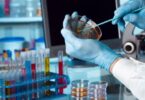[et_pb_section bb_built=”1″][et_pb_row][et_pb_column type=”4_4″][et_pb_text _builder_version=”3.13.1″]
A transplant is to replace a diseased organ or tissue with another that works properly.
Today it is a highly developed medical technique that achieves magnificent results for the beneficiaries. However, it does need the existence of donors.
The process of donating healthy organs and tissues of one person to transplant them into others can save or help other people. Organs that can be donated include: Internal organs: kidneys, heart, liver, pancreas, intestines, lungs, normally it ranges from 3 to 6 hours depending on the conditions of the donor and the type of organ. The kidney can be kept in good condition, kept cold, until thirty-six hours. Heart and lung can only be maintained for about six hours.
Organ donation is very important because it allows saving and improving the quality of life of patients with organ failure, whose life expectancy is limited to a transplant.
Currently this process of searching for a donor is being replaced by the technology of organ printing, according to scientists the printing of organs with biomaterials is one of the most satisfactory emerging technologies. Until a few years ago this idea could only be imagined now 3D printing is revolutionizing different fields of medicine. Its biggest advantage is that you can perform transplants without the need to wait for a donor. We also have the impression of 3D Fabrics, which can solve problems generated by burns and other types of tissue damage, 3D biological printers have managed to develop to the point of printing tissues completely adaptable to the human body, a breakthrough in medicine.
These and other innovations are now possible in Pharmamedic.
[/et_pb_text][/et_pb_column][/et_pb_row][/et_pb_section]







